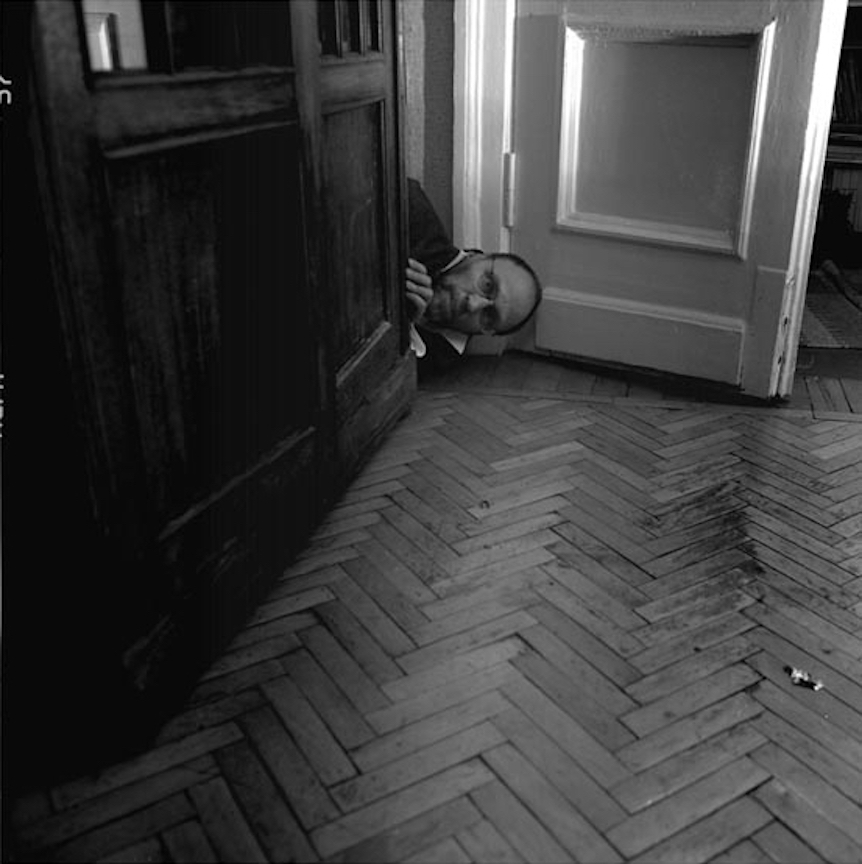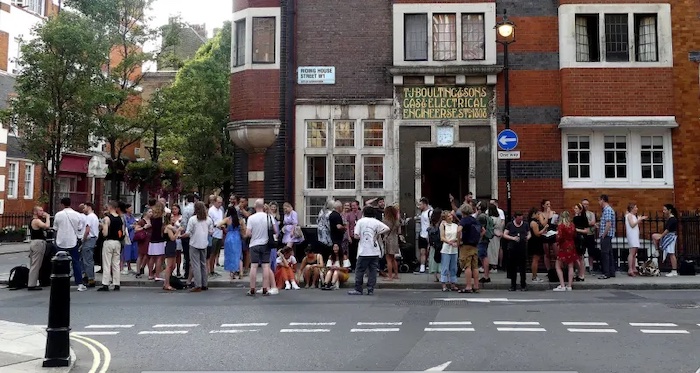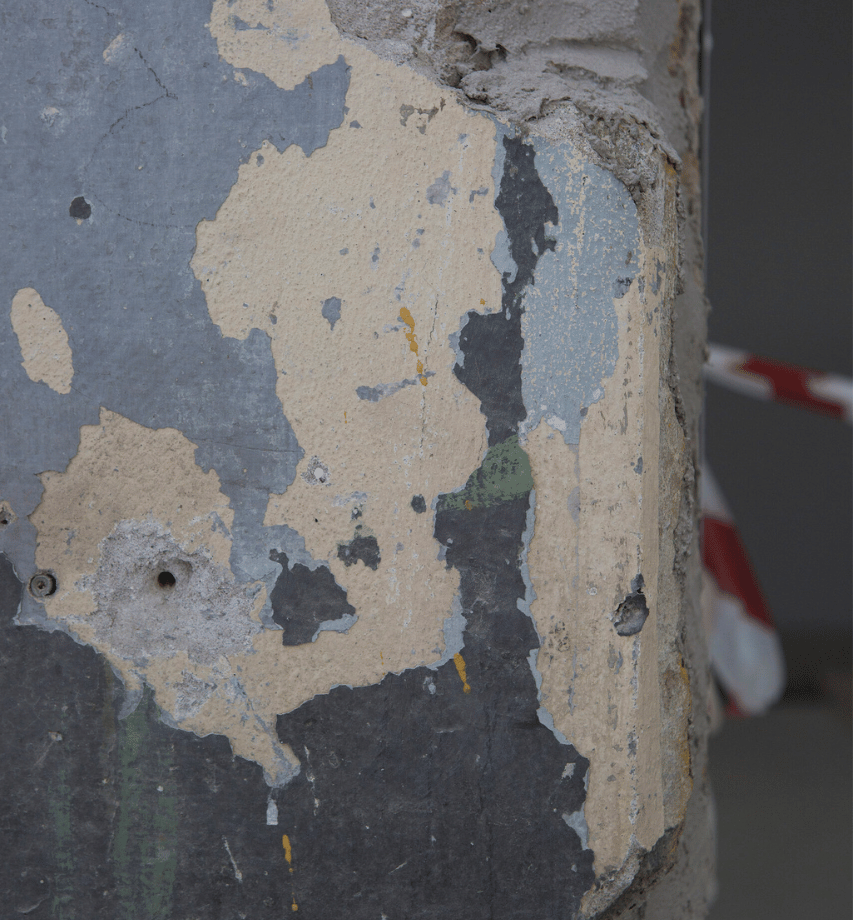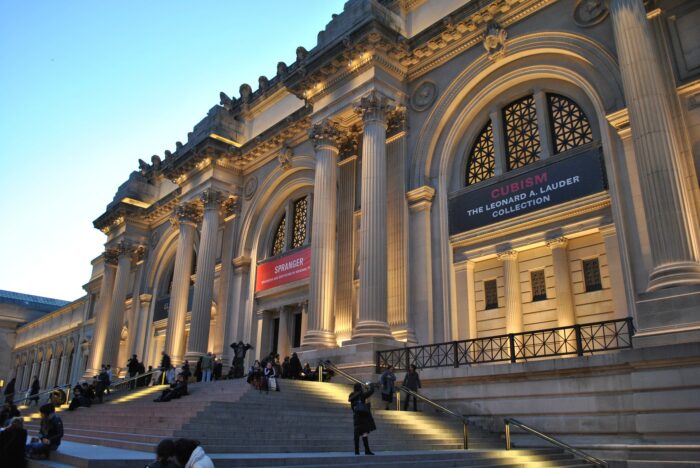In a situation where force majeure has left one and a half billion people isolated, closed cultural and educational institutions or forced them to work remotely, and has transformed (perhaps irreversibly?) the work of museums around the world, all of us, to a greater or lesser extent, are field researchers into the phenomenon of quarantine. The term appeared in fourteenth-century Venice, which, at the time, was one of the world’s leading port cities. “Quarantena” in Italian means “forty days”, it referred to the period during which newly arrived ships and their crews, who were suspected of carrying bubonic plague, were forced to remain isolated before landing. Then, as now, quarantine involved the confinement together, in strict spatial boundaries, of bodies and their activities. Thus defined, there is an evident affinity between quarantine and the function of the museum. Today, Venice, the world’s greatest open-air museum and a city which, centuries ago, paid with countless victims of plague epidemics for its right to ensure immunity, has been closed to visitors and left to the contemplation of itself. The same is true of other centres of production and preservation of visual culture around the world. We, as cultural workers, are now visitors to a Long Night of Museums, but where a large part of Planet Earth is the museum, and the night is a polar night. What happens when quarantine comes to the museum, what happens in “quarantine within quarantine»?
- the museum in a state of emergency
Think of a museum confronting risks, be they of human, ecological, or any other origins. Consider the museum’s responses to different types of challenge, think of its enemies and possible allies, and try to imagine the aftermath. - geological formation as museification
Consider archaeological layers as a display hidden from human view but organised according to the logic of chronological exhibition. Think of the Universe as a collection in a liminal state exposed to the laws of time and entropy. - control & security systems in the museum
The borders encompassed by the notion of liminality are inextricably linked to the figure of a guard. Consider the ontological change a museum experiences when (on the approach of the liminal state) security and control become the most prominent sector of its infrastructure. - the museum as place of exclusion
Consider the reverse side of a museum’s function as a refuge zone. Think of it as a place of exclusion where artefacts are in exile, deprived not only of their spatial context but also, to the fullest extent, of temporality.
Please submit your application by 25th May 2020 to cem@redmuseum.church. Applications (in either English or Russian) should be in a single PDF format and must include:
- a description of the research project (1 page max);
- a preliminary research plan with timeline and expected budget;
- the applicant’s curriculum vitae.
Project proposals will be reviewed by the members of the CEM, with the selected projects being announced by 30th June 2020.
As an outcome of the research project, we will ask you to contribute to a publication with an essay (20 pages min) on the topic of the research conducted.
For more details please follow the link.
Photo credits: © Dmitri Aleksandrovich Prigov











